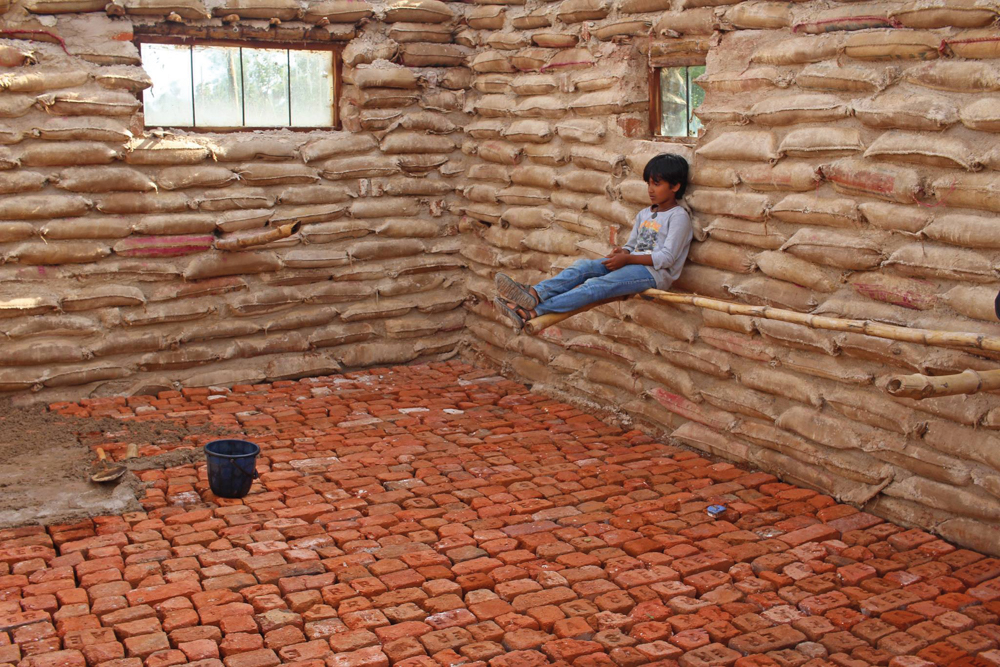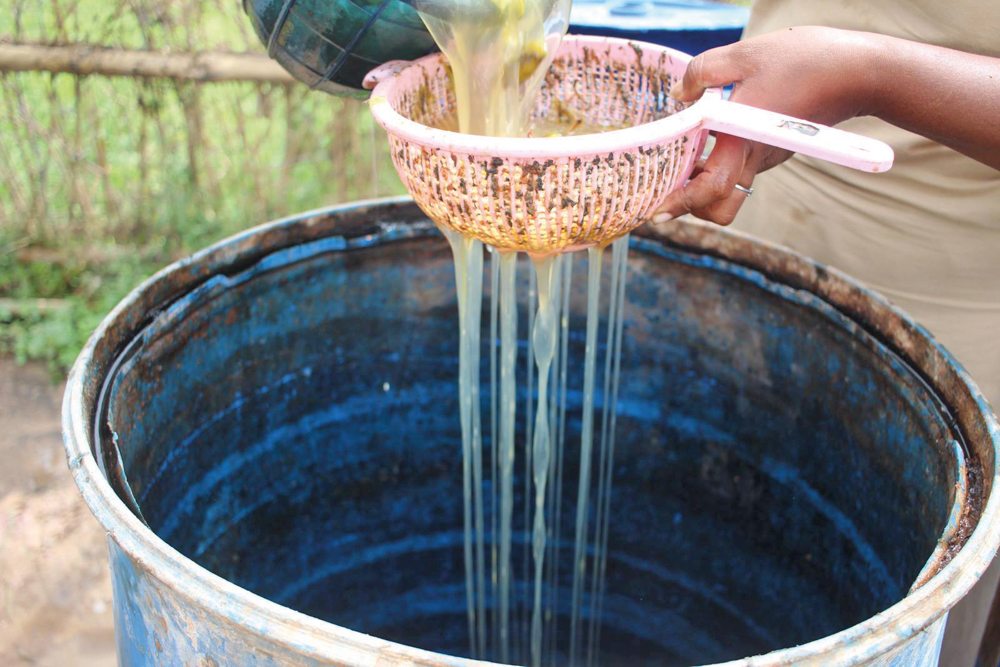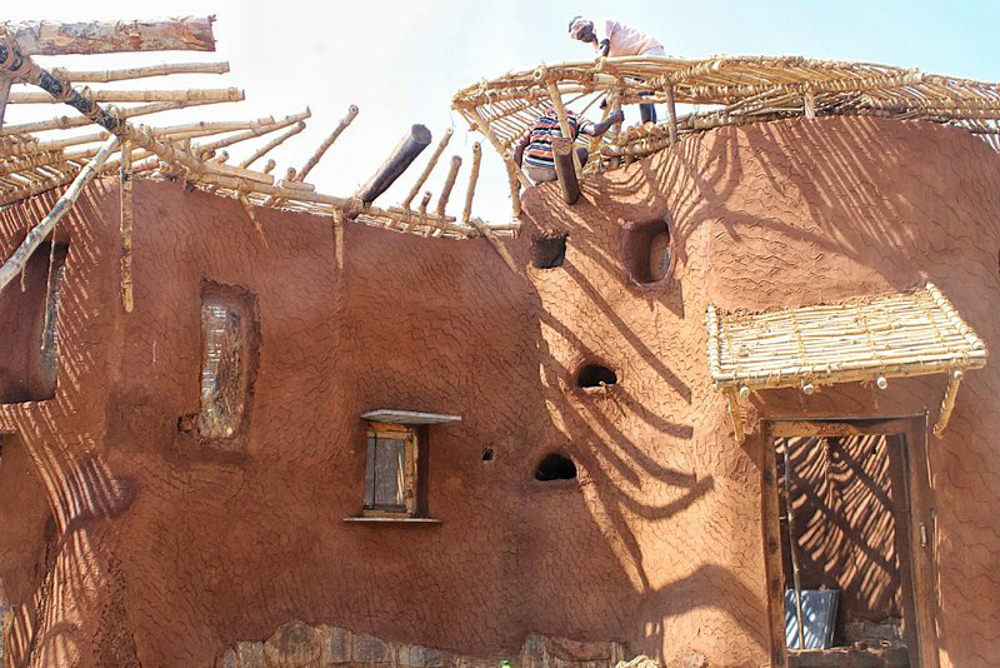When I searched for "CSA meaning" in Google, the result is as shown below
In most of the Countries CSA is implemented and was running successfully by the farmers. One of my collegue where i met him at Annadana has started a CSA in Italy. You can visit their page. https://m.facebook.com/camasarot/
While searching for CSA in India I came through Navadharshanam Trust near Thally road, Hosur taluk. Where they Work with Partnership with the Local farmers and Consumers. You can Visit there page here.
here is a good book where you can learn about creating and managing FPO About CSA
The Community Supported Agriculture (CSA) is a partnership between the Growing farmers and the consumers where the profits and loss in the farming is shared.
How to Plan ?
Community Supported Agriculture
CSA Stands for Community Supported Agriculture. CSA allows city residents to have direct access to high quality, fresh produce grown locally by regional farmers. When you become a member of a CSA, you're purchasing a “share” of vegetables from a regional farmer.In most of the Countries CSA is implemented and was running successfully by the farmers. One of my collegue where i met him at Annadana has started a CSA in Italy. You can visit their page. https://m.facebook.com/camasarot/
- Where they grow food in Raised beds. (To know about Raised bed Farming click here)
- No tractors are used.
- They use simple hand tools like seeder, wheel hoe for ploughing, weeder, etc..
While searching for CSA in India I came through Navadharshanam Trust near Thally road, Hosur taluk. Where they Work with Partnership with the Local farmers and Consumers. You can Visit there page here.
here is a good book where you can learn about creating and managing FPO About CSA
The Community Supported Agriculture (CSA) is a partnership between the Growing farmers and the consumers where the profits and loss in the farming is shared.
How to Plan ?
- For the Delivery of the vegetables to the consumers, farmers need to plan up for the pickup centres where consumers will get their shares once a week or twice a week.
- The consumers has to choose the requirement of the vegetables, greens, fruits, at the time of registration.
- They can choose to get a basket of 4-15 kg Mixed vegetables and 2-5 bunches of Greens every week.
- The Local Farmers need to plan accordingly to Grow the quantity of vegetables and greens Ordered by consumers.
Conclusion :
The CSA Method is really a helpful for both the ends, as the Profit or Loss is equally shared between the farmers and consumers.
CSA can't be implemented in rural areas especially countries in India, as Maximum people occupation is farming.
CSA can work well in urban areas.
If Government takes some good Initiatives regarding Community Assisted Agriculture, we don't need to Import edible consumables from any other country. India's agrarian import bill for 2015-16 Rs 1,402,680,000,000. Click here
References:



















